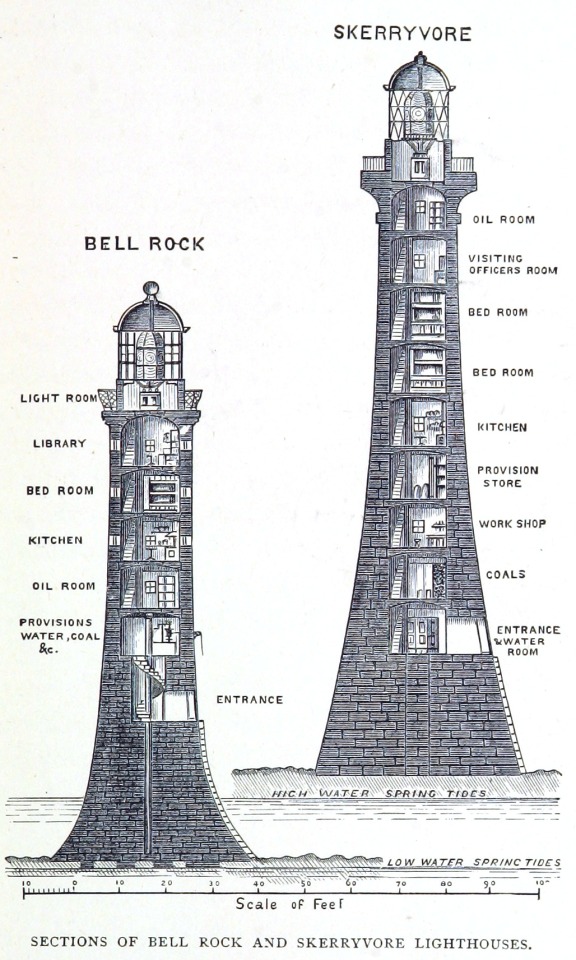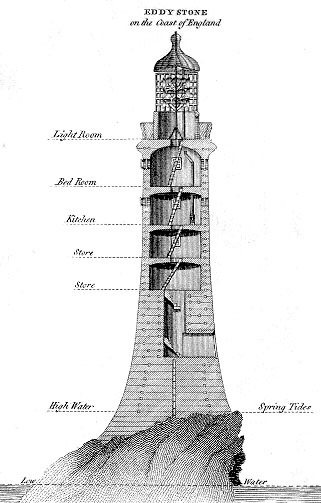Text
caring about things is cool being passionate is cool being earnest is cool being genuine is cool being compassionate is cool
19K notes
·
View notes
Text
i'm actually very okay with "there was no other way this could end" endings. if they gotta die, let them die. if they gotta break up or go the wrong way or lose something important, let'em. so long as it completes the story. only thing i dislike more than a forced happy ending is a forced bad ending
18K notes
·
View notes
Text
The first rule of studying history is to always try to look for primary sources to check your information, and remember that even those have to be examined critically
The second rule of studying history is that a person can be both one of the worst people to ever walk the earth and a babygirl
Hope this helps!
2K notes
·
View notes
Text
Guys I'm doing a history project for school and it's actually stressing me tf out (it's actually a serious project so I have to put effort in sadly).
So basically, originally, I was doing a project on the IndoChina war (1945-54) but I realised like two days ago that basically all my research is surrounding the second world war, like basically the build up to the IndoChina war. The problem I have is that there's hardly any resources talking about that, like everything is about the fucking Americans and what happened to them during the Vietnam war, which is absolutely fucking useless to me. Like for example, I've been doing this project intensely for about two weeks now, I only found out that there was a famine from 1944-45 where TWO MILLION people DIED like three days ago. Why is that just ignored???
Anyways, I'm finding it absolutely impossible to find any sources, nevermind any primary sources. Am I doing something wrong?? I can't describe online what I would do to get a newspaper from that time. Last night I found a few articles written about 10 years ago (?? Roughly) which were talking about Dien Bien Phu (battle between the Viet Minh and the French), but again, that's not a primary source and they were mostly talking about modern Vietnam and how they're grateful for the battle and stuff.
At this point, I've read about 2,500 years of Vietnamese history (all the way back to 150 BC roughly) but I still feel like I know nothing about how the actual Vietnamese people felt about the war.
All the sources are so conflicting too, like post ww2, you have Japan leaving the country after losing the war, you have the French in the south and the Chinese in the north. Why were the Chinese in the north? Some sources say Ho Chi Minh invited them, others say the Americans invited them (personally it makes no sense that US would invite them, considering that they wanted France / Europe to grow strong after the world war so that would mean taking back all their colonies, but I digress).
I'm losing my mind. Someone please help.
#history#vietnam#school#school project#school problems#someone help#send help#pls reblog#pls pls pls#ahhhhh#ww2 history#indochina
0 notes
Text
Does anyone know what people mean when they say to talk to them when I'm depressed? Like I'll go into school after missing a few weeks and everyone will crowd around me (friends, teachers) and say to talk to them and I'm kinda like.. u guys do know that it's not like I'm sad about something? I literally just have a chemical imbalance in my brain. Like there's not much to talk about?
Am I thinking about this wrong? I'm just not sure what they expect me to say? Like it's all quite boring, and even if I had something to say, it's not gonna change anything soon so what's the point of me going to you and repeating the same thing over and over again?
If anyone has any advice, I'd love to hear it :)
#actually adhd#sorry for being depressing#school#depressing shit#talking about feelings#friends#advice#pls help
1 note
·
View note
Text
Will i always think and think for months before finally drinking and turning into a waterfall and spilling my guts onto the floor like a cheap drink?
1 note
·
View note
Text
I get high and I drink and I miss appointments and school but my birthday is in three days and i should be happy. I should be good, I should be better.
-turning 18
0 notes
Text
Rooms in a Lighthouse
Although the buildings of lighthouses differ depending on their location and purpose, they generally have common components. However, a distinction must also be made between a lighthouse station consisting of the lighthouse and all the outbuildings such as the lighthouse keeper's house, the fuel house, the boathouse and the building for fog signalling, i.e. a land station, and an inhabited lighthouse as it was found at sea.

Sections of Bell Rock and Skerryvore Lighthouses, date 1884
Skerryvore is a remote reef that lies off the west coast of Scotland, 12 miles (19 kilometres) south-west of the island of Tiree. Skerryvore is best known as the name given to the lighthouse on the skerry, built with some difficulty between 1838 and 1844 by Alan Stevenson.
The Bell Rock Lighthouse, off the coast of Angus, Scotland, is the world's oldest surviving sea-washed lighthouse. It was built between 1807 and 1810 by Robert Stevenson on the Bell Rock (also known as Inchcape) in the North Sea, 11 miles (18 km) east of the Firth of Tay. Standing 35 metres (115 ft) tall, its light is visible from 35 statute miles (56 km) inland.
If you are only dealing with an inhabited tower, you usually have the following rooms in it. Please note that, apart from the lantern room, there is no standardised scheme and the rooms were often arranged differently.
The lantern room is the glazed housing at the top of the lighthouse that contains the lamp and the lens. The glass panes are held in place by vertical or diagonal metal rungs. A lightning conductor and an earthing system, which are connected to the metal roof of the dome, ensure that any lightning strikes are safely discharged.


Sections of the Eddystone Lighthouse of 1759 and 1884
Immediately below the lantern room is usually a guard room where fuel and other supplies were stored and where the keeper prepared the lanterns for the night and often kept watch. The clockwork (for turning the lenses) was also located there. On a lighthouse there is often an open platform, the gallery, outside the watchroom (main gallery) or the lantern room (lantern gallery). It was mainly used to clean the outside of the lantern room windows. Below this was a living room, bedroom, possibly a separate kitchen, if not a cooking area was accommodated in the living room. In addition, there were often several storage rooms, an oil room (where the oil for the lantern were storaged) and a coal room. And if you're wondering where the bathroom was - well there wasn't one, there was a wash bowl, possibly a wooden tub for an occasional bath, but rarely, and chamber pots in the bedroom.
Life in a lighthouse at sea was not easy and managed to bring many an old sea dog to his knees. The lighthouse keepers on land had it much easier.
2K notes
·
View notes
Text
My new favourite thing is when I reread my own writing and realise I accidentally foreshadowed something important
Wait sorry “accidentally” was a typo it should have been “geniusly and with considerable forethought knowing exactly what was going to happen and all of my intentions being very clear”
3K notes
·
View notes
Text
me
Unreliable narrator? More like unreliable author
8K notes
·
View notes